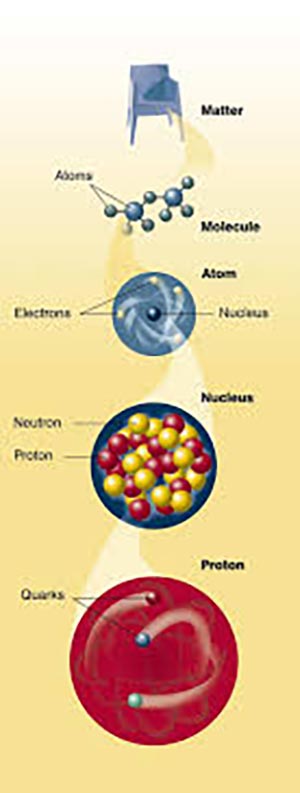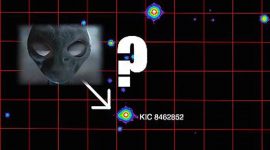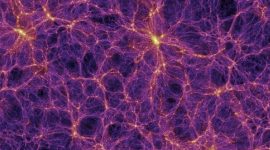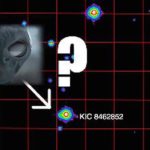String Theory – a Multidimensional Universe
Is Universe a much stranger place than we could possibly imagine? Are there 11 dimensions, other than the 4 known to us? If string theory has it right - all we know about the Universe and the matter needs to be written from scratch.

We are somewhat used to the idea that the surrounding matter is made up of molecules which can be broken down into atoms, and that an atom has its nucleus and electrons. The nucleus can be further broken down into neutrons and protons, the latter one consisting of quarks. In this view all matter in the Universe consists of microscopic, point-like particles – building blocks for clusters of higher-organized elements of matter.
 String theory, however, assumes that the point-like particles are replaced by one-dimensional objects called strings. String theory focuses on how these strings function in space and on possible outcomes of interaction among different strings.
String theory, however, assumes that the point-like particles are replaced by one-dimensional objects called strings. String theory focuses on how these strings function in space and on possible outcomes of interaction among different strings.
“Think of a guitar string that has been tuned by stretching the string under tension across the guitar. Depending on how the string is plucked and how much tension is in the string, different musical notes will be created by the string. These musical notes could be said to be excitation modes of that guitar string under tension.
In a similar manner, in string theory, the elementary particles we observe in particle accelerators could be thought of as the “musical notes” or excitation modes of elementary strings.
In string theory, as in guitar playing, the string must be stretched under tension in order to become excited. However, the strings in string theory are floating in spacetime, they aren’t tied down to a guitar. Nonetheless, they have tension.” (view source)
What if the Universe does consist of tiny bits of energy, rather than nano-scale particles? In consequence we would have to accept the fact that everything around us is energy vibrating at different frequencies. We would also need to understand that there are many more dimensions that meet the eye.
If string theory is to be a theory of quantum gravity, then the average size of a string should be somewhere near the length scale of quantum gravity, called the Planck length, which is about 10-33 centimeters, or about a millionth of a billionth of a billionth of a billionth of a centimeter. Unfortunately, this means that strings are way too small to be seen by current or expected particle physics technology, and so string theorists must devise more clever methods to test the theory than just looking for little strings in particle experiments.*
This may all sound very complicated and even boring, but trust me – if string theorists have it right, we are living in a multidimensional universe where literally anything is possible! Watch this fascinating document:
* source: www.superstringtheory.com





















